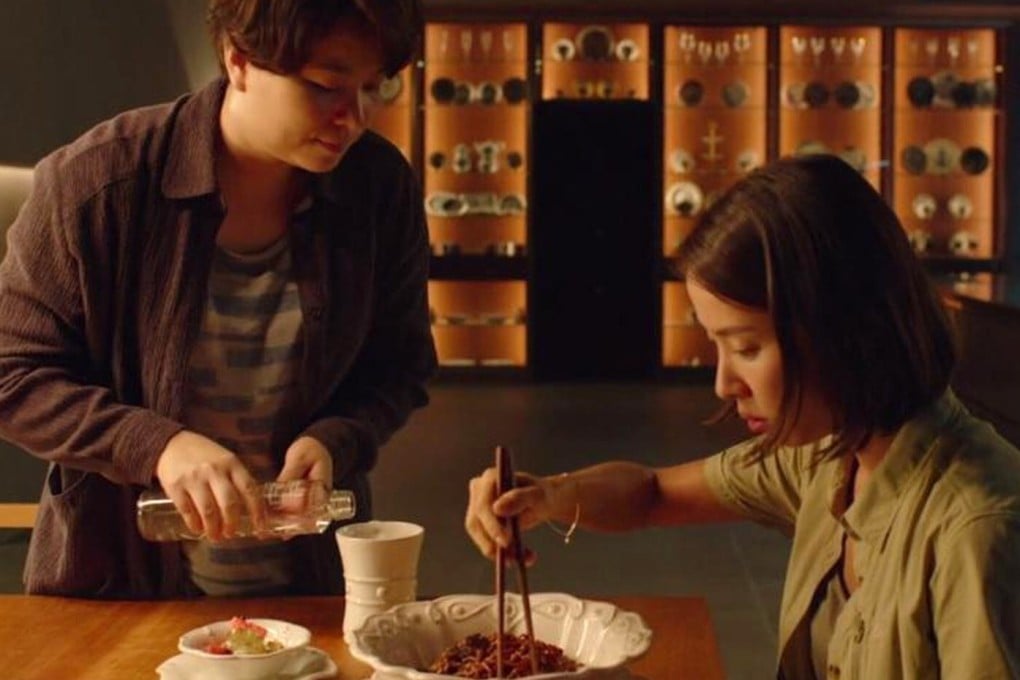Those ram-don noodles from Parasite: a cheap noodle treat popular with students and not usually found on restaurant menus
- The World Instant Noodles Association says the average South Korean eats 74 packets of instant noodles a year, making them world’s largest consumers per capita
- High-end US restaurants added ram-don, or jjapaguri, to their menus, but in Korea you eat it ‘because you either don’t have a lot of time or a lot of money’

A scene in last year’s Academy Award-winning film Parasite, in which the housekeeper whips up instant noodles with finely marbled Korean Hanwoo beef, had viewers around the world drooling.
It wasn’t just the film that took off, either – its noodle dish, ram-don, became famous too. YouTube was flooded with “how-to” videos and some US supermarket aisles displayed Parasite posters that pointed out the two types of instant noodles needed to make it. A number of high-end Korean restaurants in New York and Los Angeles even added it to their menus.
The dish isn’t called ram-don in South Korea. There it is known as jjapaguri – a portmanteau of two instant noodle brands, Chapagetti and Neoguri. The name ram-don, created for Parasite’s English subtitles, is simply a hybrid of “ramen” and “udon”.
“This is a dish that’s really meant to be sort of snack food or student grub, something you’re eating because you either don’t have a lot of time or a lot of money,” says Jennifer Flinn, an assistant professor at Seoul’s Kyung Hee University who also studies food.
